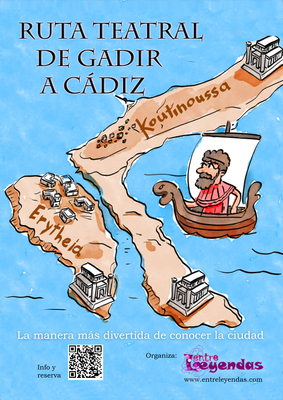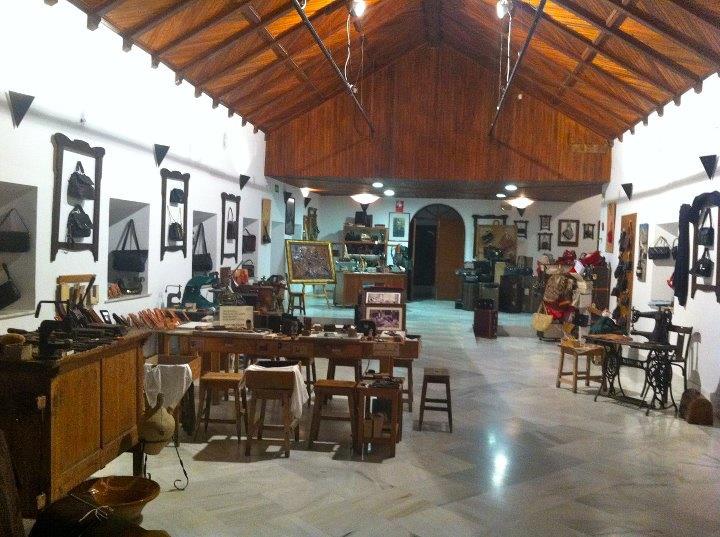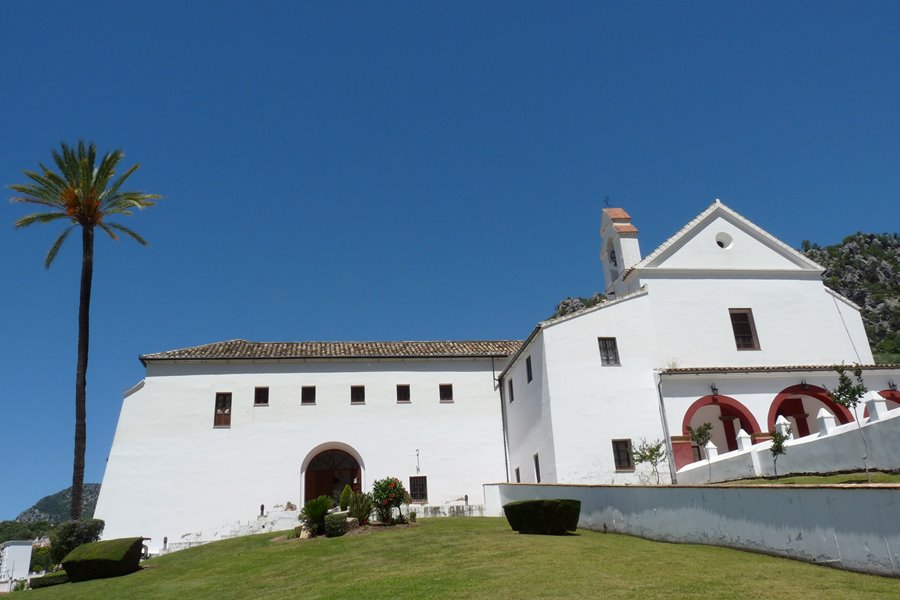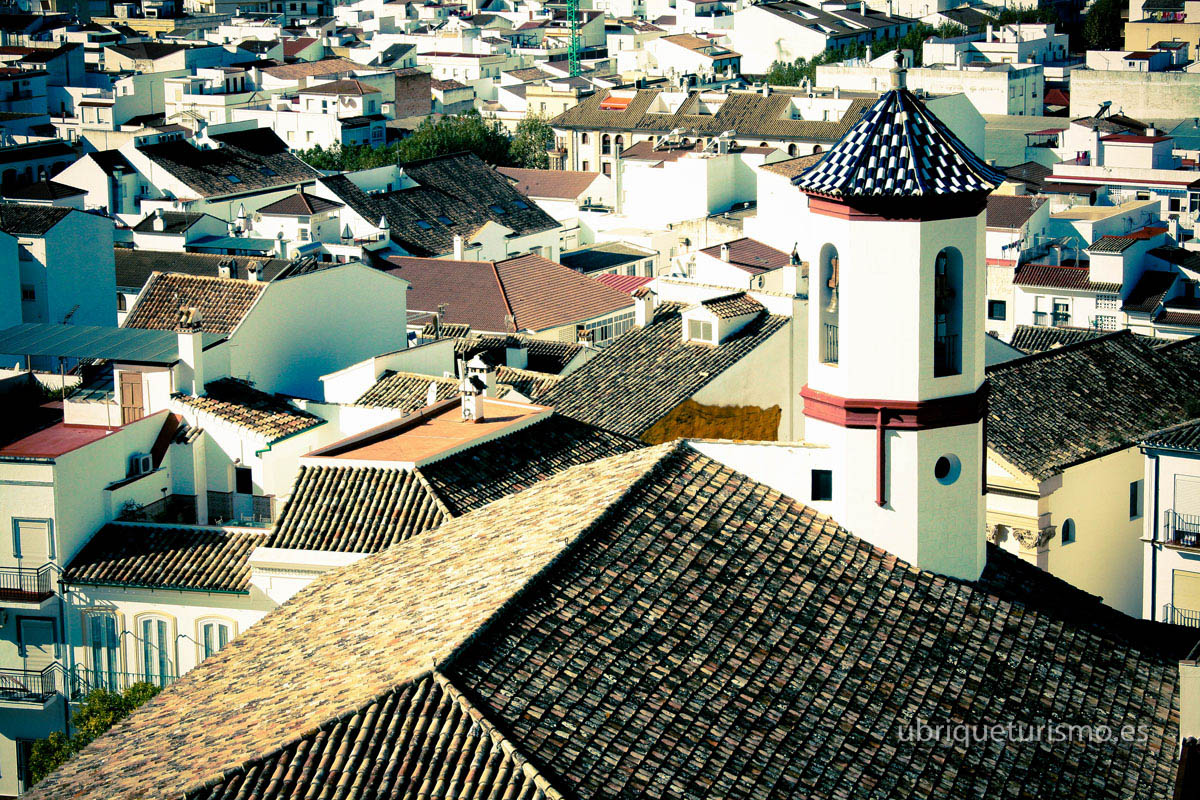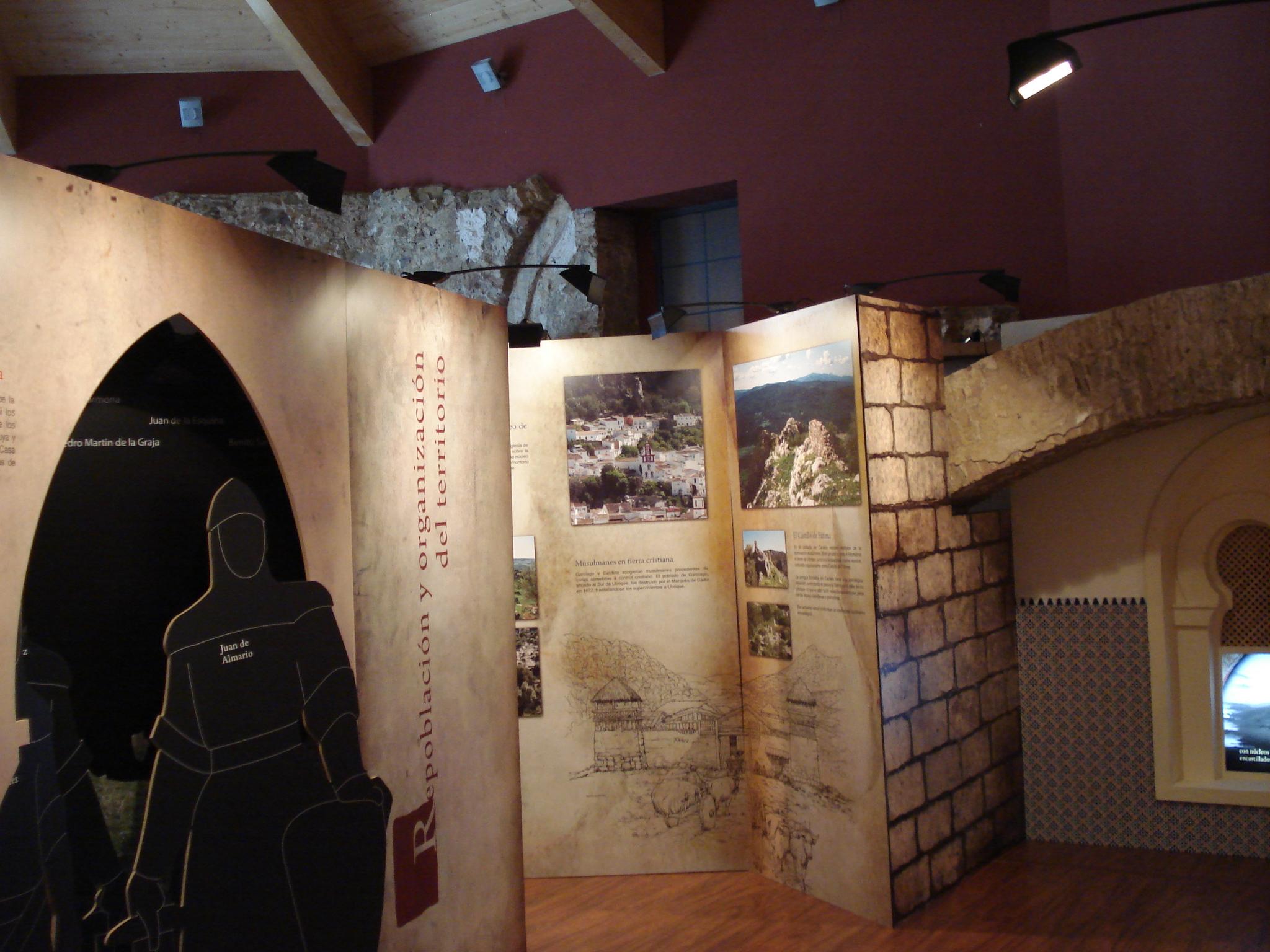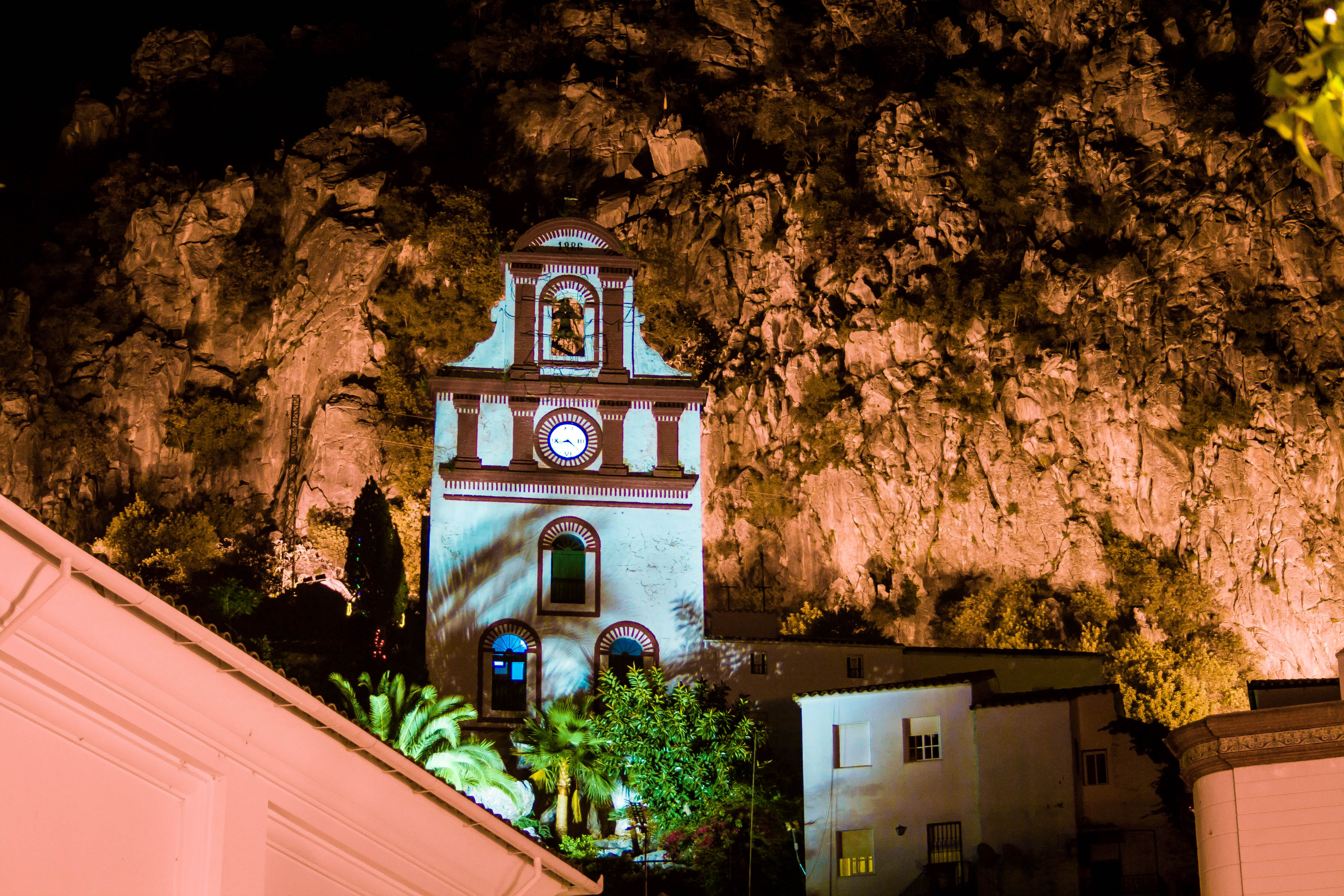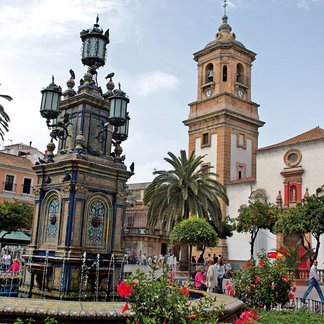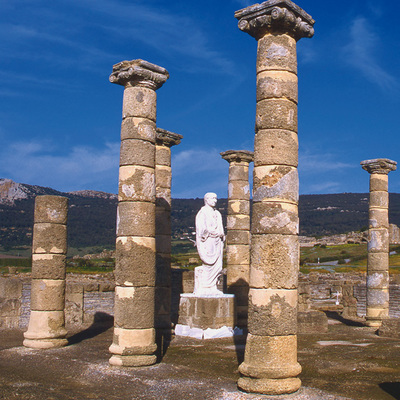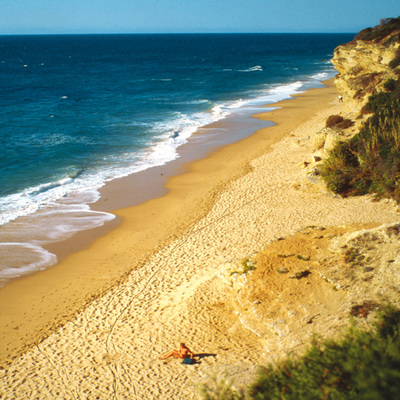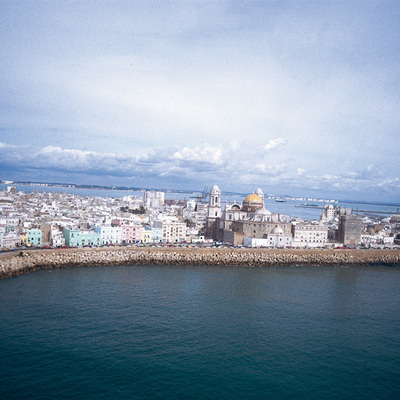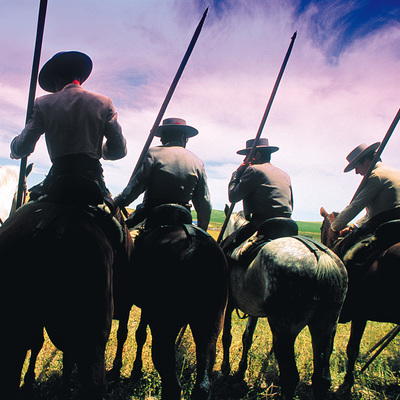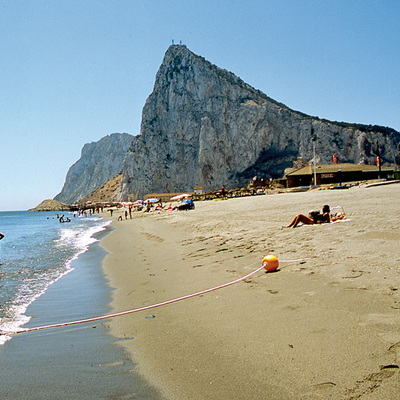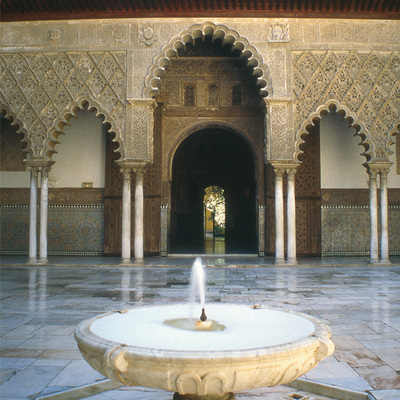Ciudad Romana de Ocuri
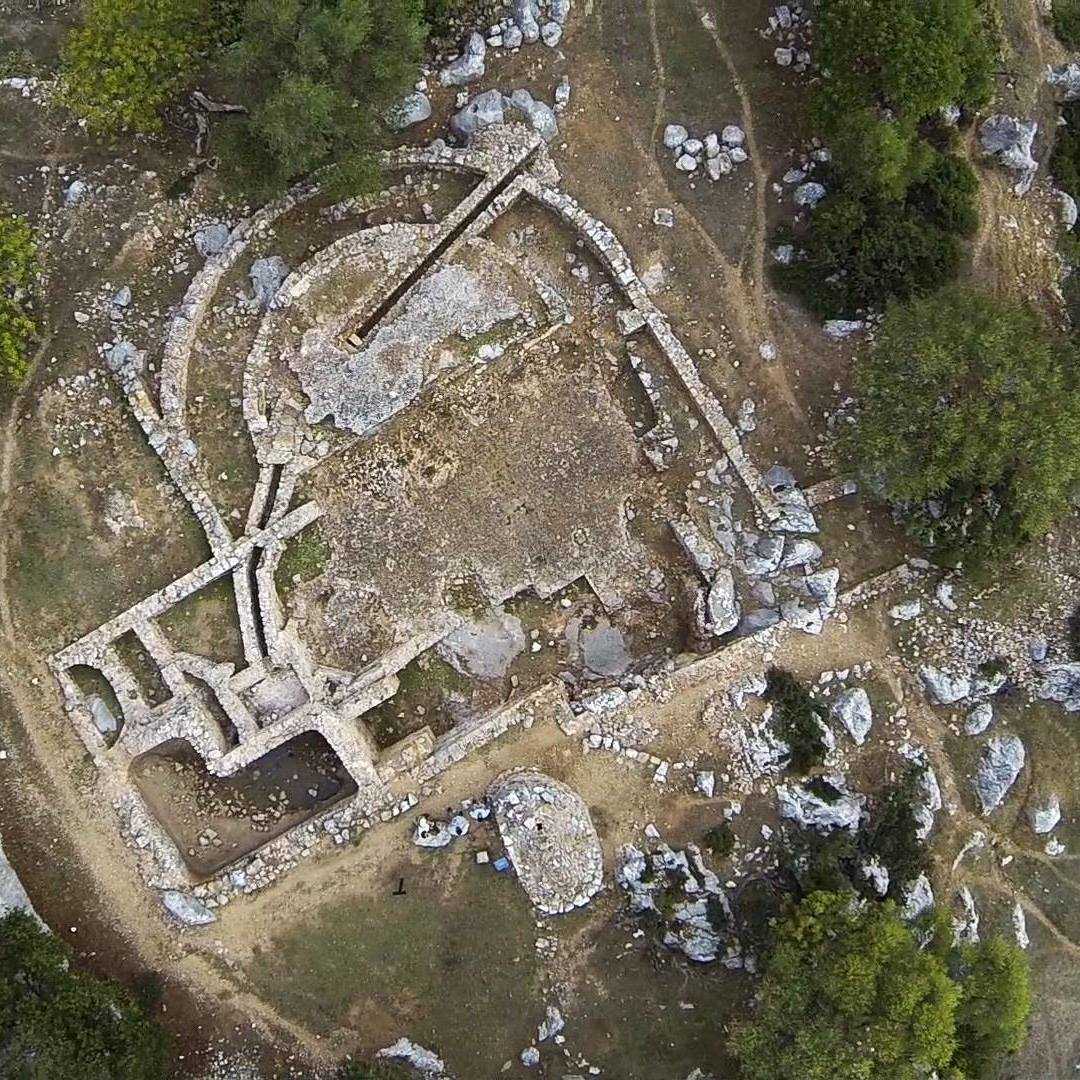
In Ubrique, the Roman city of Ocuri is at the top of El Salto de Mora, a limestone hill located one kilometre from the town. The site controls the natural access route to La Manga del Villaluenga, as well as the outward route to the south of the mountains. Located within the Sierra de Grazalema nature reserve, it boasts an outstanding environmental level. Its high, strategic position, the solid walls and the large area it occupies tell us that it was probably a pre-Roman (an oppidum) and Roman district of great importance, which is also demonstrated by the monumental nature of the archaeological remains.
This important site was discovered in the late 18th century, thanks to the intuition of local resident Juan Vegazo, who bought the land to find out whether the remains visible on the hill were comparable to those of Pompeii itself. Vegazo, a true pioneer in the field of archaeology, excavated several of the structures and left written evidence of his discoveries, including two magnificent inscriptions dedicated to emperors Antoninus Pius and Commodus, which contained the name of the city, unknown until that time.
Although recent research has managed to date its origins to at least the 6th century BC., most of the remains correspond to Roman times, reaching the height of its glory in the 2nd century AD. Outside the city, as laid down by Roman health laws, we find the necropolis and its most important monument: the Mausoleum, unparalleled in Andalusia. Inside, there is a series of niches where urns containing the ashes of the deceased were deposited, as well as offerings from family members and possibly statues.
It also has a Cyclopean wall, of Iberian origin, modified on several occasions. There are still paintings (made without mortar) and others with moulded ashlars which could be from the Carthaginian era. In the 1st or 2nd century A.D. the entrance was modified to give it a monumental character. Behind the city wall, you can see the remains of different constructions, such as various cisterns for storing water, the forum with part of his “tabernae”, remains of houses, public buildings and, higher up, some truly impressive spas.
In the high imperial age, the Roman city of Ocuri had to be integrated into the “Conventus Iuridicus Gaditanus”, an administrative body in the imperial province of Baetica.
Opening hours for guided tours: From Tuesday to Saturday: 10:00, 12:00 and 18:00 h Sundays and Holidays: 10:00 and 12:00 h Closed Monday
Prices: * General (over 6 years of age): 2 € * Over 65's: 1,50 € * Groups of students: €1 per person (only compulsory education students). University students will pay the general rate. * Children under 6 years: free (children must be accompanied by an adult) * Groups of over 25 people: €1 per person. Important: Groups visiting during the scheduled timetable, maximum 30 per group. Availability for larger groups on request.
The site has a Visitors Centre with café-bar, toilets, terrace and play park, as well as an audiovisual room. Most of the main structures open to the public have information panels with QR codes for mobile phones.

